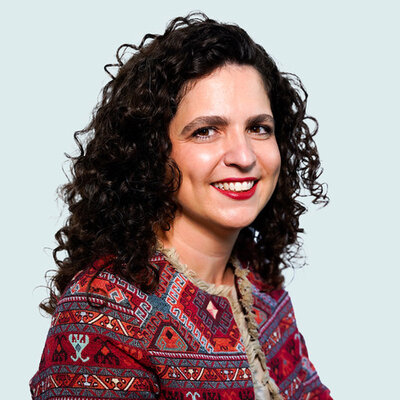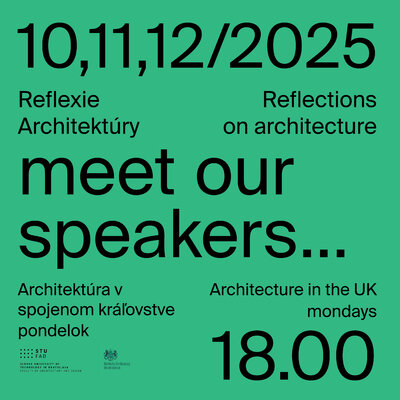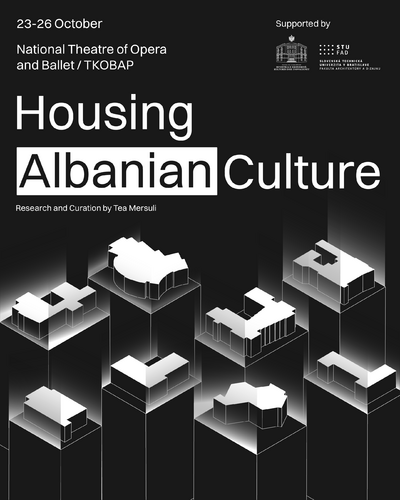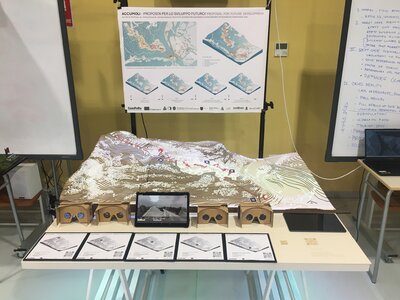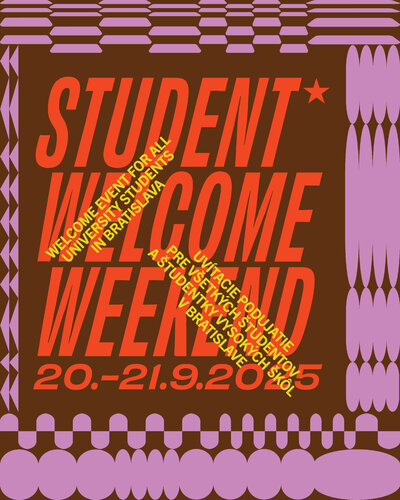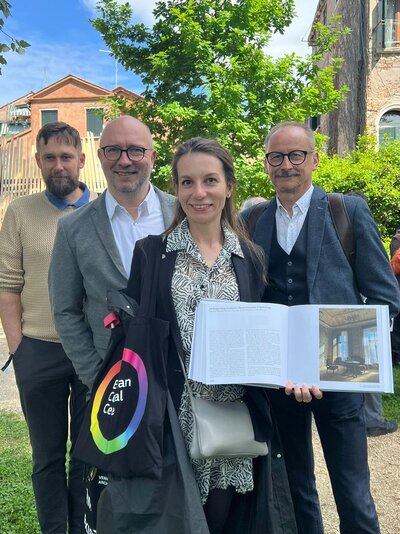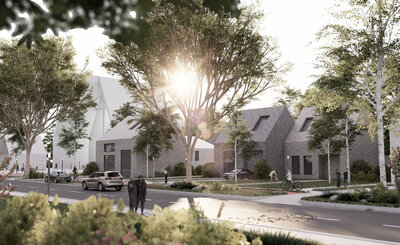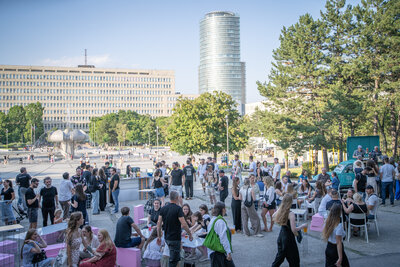In November, we commemorated World Urbanism Day. Associate Professor Katarína Smatanová has been the head of the Institute of Urbanism and Spatial Planning at the Faculty of Architecture and Urban Planning of the Slovak University of Technology for more than two years. She claims that it is absolutely crucial that we master digital and AI technologies when solving complex urban problems, because if we sleep through this trend today, it will have catastrophic consequences. What challenges does this discipline face in general and how does she see the future of urbanism at our faculty?
In the near future, the faculty is preparing to open two new study programs that directly or indirectly relate to urbanism. What actually initiated their preparation?
The demand for a better connection between practice and the education system is a topic that we feel in almost all sectors. The so-called creative industry, which generates completely new job positions, is also gaining an increasingly strong position in the Slovak economy. The topics of climate change, saving resources and finding more sustainable ways of life inevitably also concern how our cities and municipalities should look. After many decades, a new legislative framework for construction processes is being put into practice. At FAD STU, we also need to respond to these changes and prepare graduates for the needs of the realities of life.
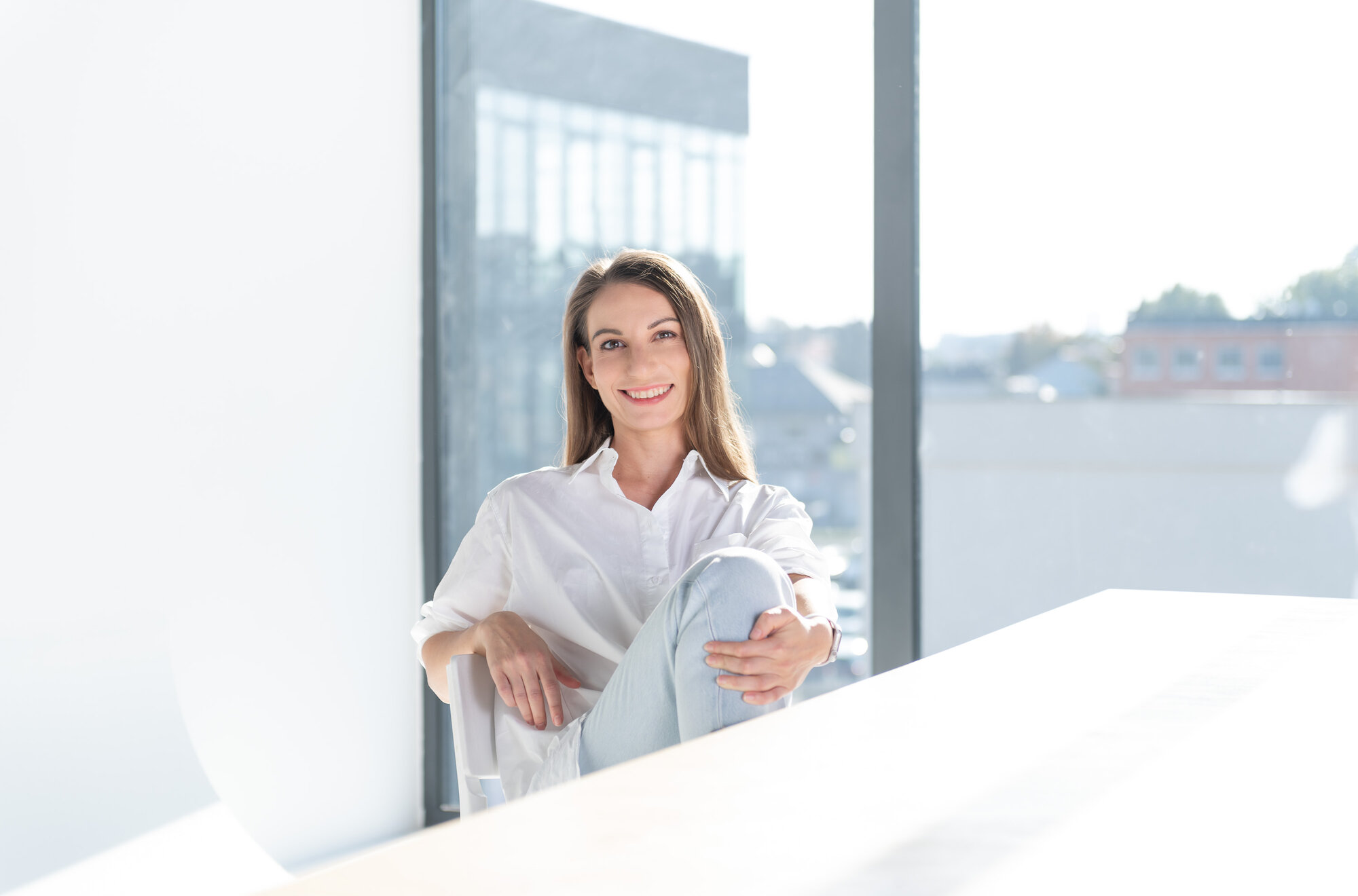
What should these programs provide?
We can all be proud of the engineering study program Art in Public Space, which was initiated in the Art department by Professor Pavel Gregor. I think it is two steps ahead of trends, connecting urbanism and public space with art and new technologies. It also reflects the character of our university perfectly – it innovatively connects technical sciences with art. It is interdisciplinary not only in content, but also in who its future students should be. Among them can be art historians, architects, artists, creative industry managers. In preparing this department, which lasts more than four years, top experts from practice and academia from Slovakia, but also from abroad, and I think it will offer interesting subjects for all our students.
The second study program is the engineering degree Urbanism.
Yes, it is a joint study program with the Faculty of Business of the University of Economics in Bratislava. The current societal setting values sustainability, ecology and proactive involvement of residents. Money should not be the main value in urban planning either, although in practice we see that it still works this way in Slovakia. Our task as an academy is to develop know-how and subsequently the practice of creating a city so that when evaluating a city development project, its price, i.e. the price of a "one-off" investment in its construction, is not prioritized, but values such as quality, inclusion and accessibility and long-term sustainability, governance should be important. Often, it is projects that are more expensive to build that are of better quality in the long term, eliminate spatial and social segregation, and society can get along with them better, which will ultimately be reflected in the economic level - but only after a few years. When deciding on qualities in a city, we need this long-term and comprehensive view, which also includes the so-called the economics of externalities. The economics of externalities already requires more complicated calculations, and therefore this cooperation with EU BA is irreplaceably beneficial for us, and I believe that it is also irreplaceably beneficial for them and, above all, for our cities.
However, money is still a significant factor in our decision-making. In many development projects, an international competition is even held, the winning plans are publicized, while the zone in question has not undergone a change in the zoning plan that would have allowed the construction in question at all. What is the power of zoning in the Slovak context?
The situation you describe probably has several reasons. The zoning planning system that we still live in Slovakia is outdated, uncooperative. It is based on life fifty years ago. Today, however, the creation of new projects and the time for companies, municipalities, landowners to make decisions about potential changes to their buildings or residences, and about managing property, has accelerated extremely compared to previous decades, thanks to the digitalization and "virtualization" of our world. You no longer have to wait weeks for a signed document to arrive by letter or for all directors to physically meet for a meeting in an office in one city - you can handle everything in a second via email or video conference. At the same time, our practice, the creation of the architectural or urban project itself, has also accelerated extremely, and we do not yet have full-scale BIM systems in practice, where we no longer wait for projects from cooperating professions, but we all work in real time on one model. So, the situation you describe is the result of the fact that many times the investor decided to change his plans, organized a competition, the architects quickly drew up drawings, but the zoning plan, which is regulated by a system from decades ago, does not have time to react.
Do you believe that this situation will gradually improve?
I am an optimist. We are currently in a transitional period. The new law on spatial planning is gradually coming into force. Its inherent part is digitalization in planning processes as well. I believe that soon we will be able to make decision-making about the city more transparent, the processes will be faster, more efficient, and a lot of unnecessary administrative burden will disappear for both designers and potential builders. At the same time, the system will become closer to the ordinary user, for whom it is currently very incomprehensible. Today, only those who understand it can enter the system, which needs to be changed urgently.
What tools do you have at your disposal to prepare your students for digitalization in urban planning? Do we have enough equipment, enough technology at the faculty?
Nowadays, digitalization is not a problem of equipment or technology, but of human capacity and thinking. Here, new technologies are overtaking us. Digitalization is radically changing the view of what urbanism and spatial planning should cover, what role data and information about its current functioning play in creating a city, what predictive AI models can bring, and how this whole new world full of precise information, which we only suspected or "intuitively" estimated in the past, should be transformed into an inclusive process of city creation.
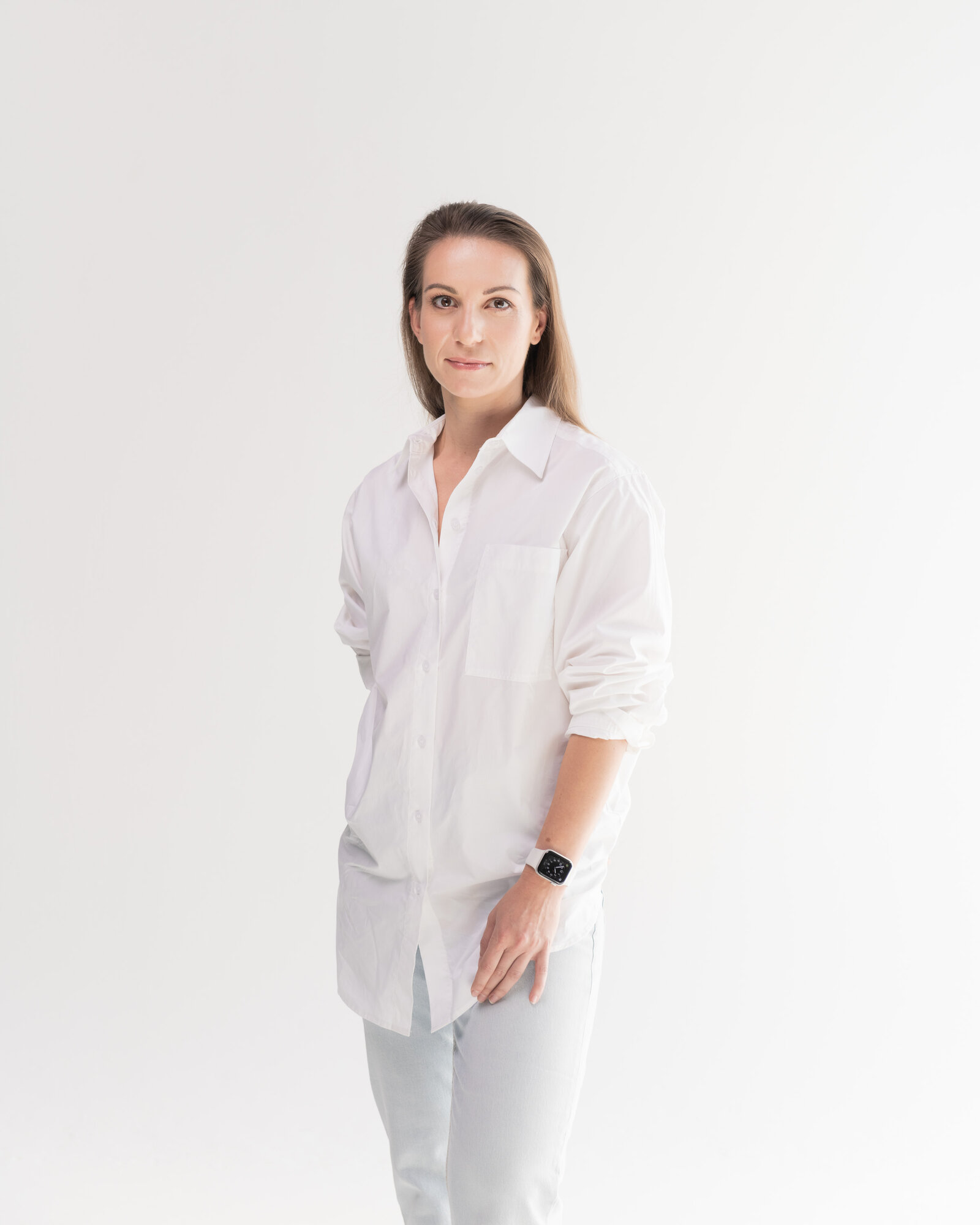
How are our local governments doing in this regard?
Our Slovak cities and municipalities already have a huge amount of information and data about their residents: they know who they are, how much they earn, how this varies in individual neighborhoods, where they meet, where they move. Our task is also to teach students to work with this huge amount of information and transform it into a design that will ultimately bring a better, safer, healthier, more beautiful city. However, how to do it? How we can use all this information in creation is a question that the whole world is currently looking for an answer to. I am convinced that this moment is absolutely crucial for us to manage to master the technology that is evidently ahead of us, so that it does not master us. If we sleep through this trend now, we will probably no longer have a chance to fix it and it could have catastrophic consequences.
We are also talking about the advent of AI in spatial planning.
Yes, in a short time, artificial intelligence and parametric software design will be a standard tool for creating a city in our country. With the complexity of creating a city, where you have to think not only about technical or transport infrastructure, but also take into account a number of other aspects. Parametric digital design and artificial intelligence will be able to help ensure a much higher quality of decision-making than a design that we otherwise create with human error. So, there is no problem getting access to technologies: as an institute, we grant grants, we are looking for all possible financial opportunities to provide equipment for students. The challenge for us is people who know how to work with technologies, who can teach the rest of us how to do it and put it into practice. Urban planning is a science that is doomed to cooperation. It is a great advantage for us that we are part of STU - and we can also find support in these technologies "at home". For example, together with FEI we are jointly looking for possibilities of using biosensor devices in assessing the impact of urban spaces on humans, with the Faculty of Civil Engineering we are starting cooperation on the topic of geoinformatics, with the University of Bratislava we have been working on the topic of energy-plus urban districts for some time now. We are connecting with other parts of STU, the business sector, various institutions, public administration, but also with other universities (the Institute of Urban Planning at the Czech Technical University in Prague, the University of Weimar using Space Syntax technology) in order to create personnel support together, to move together in this direction to the level of world universities and to advance Slovak practice.
Can you mention a few specific examples from the Slovak environment when spatial planning has completely failed?
For me, the Vydrica and Zuckermandel district is a story with a not yet happy ending in Bratislava. For many years, architectural competitions have been held, there has been a public discussion, and suddenly a project is being built that, although it has excellent marketing, denies the previous steps. Of course, we will see what reality brings, but for now it seems a bit like an "inaccessible district" that will have a problem with elitism and gentrification. When there are only expensive shops and expensive restaurants, the district under the castle will suddenly become empty. It will not be accessible to young people, students, or retirees. I see this as probably the most common problem with attractive development projects in Bratislava at the moment - they are exclusively available only to certain groups of people.
When you talk about similar problems with students, do you feel that they are sensitive enough to social issues?
As I have observed in recent years, young people are changing for the better. The generation of our current students is much more sensitive, it places much greater emphasis on the natural environment, as well as on the social consequences of construction. I often feel that young people teach and make us more sensitive - and therefore, I feel all the more responsible when teaching to keep this generation in this setting, so that we from the older generation do not "spoil" them. I think it was good to see this also these months with the current problems with cultural institutions: our students were the first to speak out, and weeks before us.
And we have already talked about the interdisciplinary nature of urbanism, that it is not just an architectural issue, but you need sociologists, ecologists, maybe even psychologists. Is that right?
Yes, even psychologists and certainly environmental ecologists, but also traffic engineers, mobility managers, economists, data analysts, technologists. Yes, urbanism has always been a complex problem, but in the past we as architects "usurped" it for ourselves for a while, which turned out to be a catastrophically wrong move.
Within the framework of the Gregor/ Varga/ Smatanová project, do you also focus on the revitalization of manor houses, what potential do you see in them?
Manor houses and mansions perceived as determinants of the past, elements of the cultural landscape that determined the character of a given microregion. In Slovakia, we have neglected the creation of a cultural landscape, which is a concept that combines the biogenic and anthropogenic environment, history and memory of the inhabitants. In the past, manor houses were a kind of stewards of regions, which prospered as well as the resident nobleman managed them. We are trying to find a way to use the reconstructed buildings again so that they can fulfill this function again, although more participatory and community-based. We are mainly focusing on buildings in southern Gemer or in other relatively neglected locations. In conversations with residents, mayors or building owners, we are looking for a use that would help restore the function of a kind of "stewardship" of the region, so that the new function is also based on the local genius loci. It is not only about the building itself, but also about its surroundings, the grounds, the park or the gardens that belong to the manor house and especially about the people and the community that live in this region. We were chosen to present this topic and our results at the upcoming Venice Architecture Biennale, so I believe we are doing and perceiving it correctly.
You are among the most popular educators with great empathy for students. Now, classes are entering universities that were imprisoned at home during a critical period of development due to pandemic measures. Do you feel this in your pedagogical work?
Yes, it is quite noticeable. The social skills of this generation are very behind, and not only in communication with us as educators. I see the biggest problem in that students also have problems communicating with each other. Teamwork, natural helping each other, attending social activities, getting involved and taking on leadership are at a lower level compared to the older generation.
How could we help students develop their social skills?
At the ÚUÚP, we are trying to add more team assignments to our lessons. We then take feedback from students on how well they are managing them. At the bachelor's level, they are led to work in pairs in most of our subjects. For example, in the subject Urbanism 1, they are assessed individually, but we ask them what their classmate said about their proposal, we insist that they have to consult with each other and only then come to consult with the teachers. In the following subject, Design Studio IV, students are assessed as a pair. So we are trying to adapt to this situation, but I really don't like to see us turn a university into a high school with strict rules and simplifying the curriculum or assessment criteria. That does not belong in an academy. On the contrary, we should put much more emphasis on the independence, critical and constructive thinking of our students.


